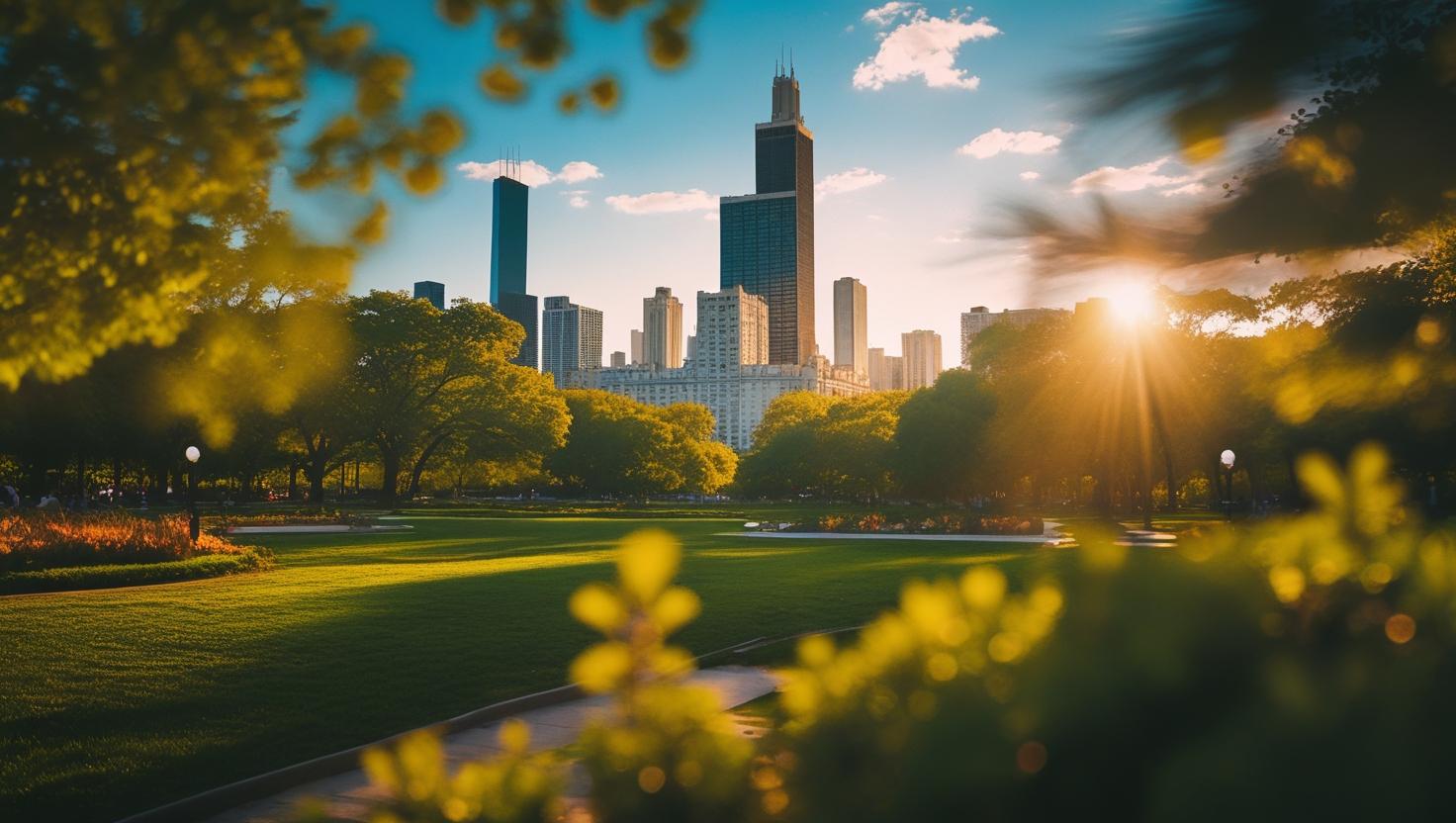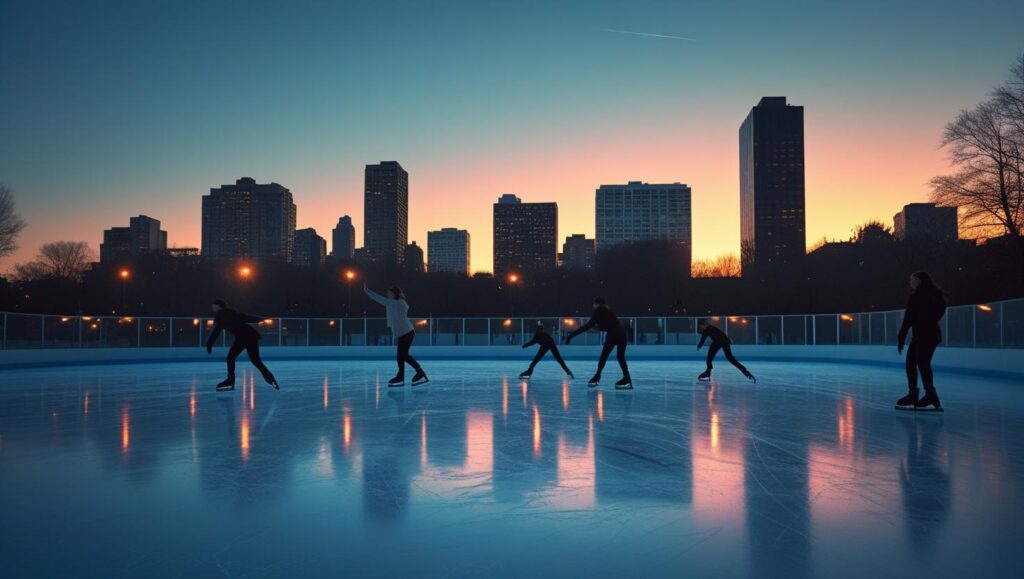
Chicago’s Best Parks and Outdoor Spaces
Published on June 5, 2025
Chicago’s history of setting aside land for public use goes back to its earliest days. A map from 1836 — one year before its incorporation as a city—denotes a section of the lakefront south of the Chicago River as “Public Ground: A Common to Remain Forever Open, Clear and Free of Any Buildings or Other Obstruction, Whatever.”
By Dave Lifton (@daveeatschicago)
After the Great Chicago Fire of 1871, ashes and other debris were used to fill in that section of the lakefront with the intention of creating more recreational space. Originally called Lake Park, it was renamed Grant Park in 1901. Over the next few decades, its 312 acres evolved into “Chicago’s Front Yard,” with a series of Versailles-inspired gardens, ballfields, public art, and the majestic Buckingham Fountain.
Two sections of Grant Park have helped it evolve into the 21st century. Located in the park’s northwest corner, Millennium Park has become a focal point for visitors since its opening in 2004. Most famous for Anish Kapoor’s Cloud Gate sculpture (“The Bean”), the whole park becomes a hub of activity in the warm-weather months. Pritzker Pavilion hosts free concerts of genres from indie rock to reggae to classical, Crown Fountain is an interactive reflecting pool with the faces of 1,000 Chicagoans projected onto it, and Lurie Garden has acres of native perennials that create a haven for quiet reflection amid its urban surrounding. In the winter, the restaurant becomes an ice-skating rink.
Across Columbus Drive from Millennium Park, Maggie Daley Park is geared towards families. The Play Garden features six areas for kids from 2-12, a miniature golf course uses Chicago landmarks as obstacles, and a Skating Ribbon. In the middle of the ribbon is a 40-foot climbing wall designed for beginners and advanced climbers.

As envisioned in Daniel Burham’s 1909 Plan of Chicago, the entire shoreline of Lake Michigan is intended for the people. The Lakefront Trail starts on the in the Far North Side neighborhood of Edgewater and continues south through downtown for 18.5 miles, connecting beaches, parks, and museums. From various spots on the trail, you can rent bicycles, boats, stand-up paddleboards, and kayaks; grab a bite to eat at numerous restaurants; or simply enjoy a leisurely stroll near the water.
One of Burnham’s ideas for making the lakefront accessible to all was to construct public piers. Only one got built, but Navy Pier, which opened in 1916, has morphed into one of the Midwest’s top destinations for visitors. Pier Park on its roof is a navigable amusement park, with the 200-foot Centennial Wheel, Carousel, and other rides. And the promenade on Navy Pier’s south offers lovely views of the skyline from as far as 3,000 feet onto Lake Michigan.
Just north of downtown, Lincoln Park is the city’s largest, encompassing more than 1,200 acres across seven miles along the lakefront. There you’ll find a zoo, conservatory, bird sanctuary, nature museum, tennis and volleyball courts, a nine-hole golf course, sculptures, statues, and the Chicago History Museum.
While Lake Michigan was always considered crucial to the recreational needs of Chicagoans, the river had long been integral to its commercial pursuits, without much thought given to its potential for public use. But by the 21st century, after the loss of its industrial base, the city government had undertaken numerous projects to revitalize the riverfront, particularly its Main Branch.
Those efforts culminated with the 2016 completion of the Riverwalk, a 1.25-mile promenade on the south bank from the river’s mouth to the confluence of the Main, North, and South Branches at Wolf Point. It was conceived as a series of “rooms,” each with its own look and feel, with the bridges serving as the dividers. Although strolling the Riverwalk can be done year-round, the summertime is when it truly comes alive with a variety of restaurants and bars, retail kiosks, and artwork.
Although downtown, the river, and lake have Chicago’s most well-known outdoor spaces, its hundreds of neighborhood parks offer plenty. Of them, Humboldt Park is arguably the greatest. Its 206 acres bring the amenities of the lakefront parks to the West Side, including miles of paths, Chicago’s only inland beach, an ornate fieldhouse, nature preserve, two playgrounds, formal garden, many baseball and softball fields, basketball courts, and even a small waterfall.
The author of this article never gets tired of The Bean.

The Adventure starts when you say it does.
All eATLAS Adventures are designed and built by experienced eATLAS Whoa!Guides. They're always on. Always entertaining. And always ready to go.
Check out our Adventures!